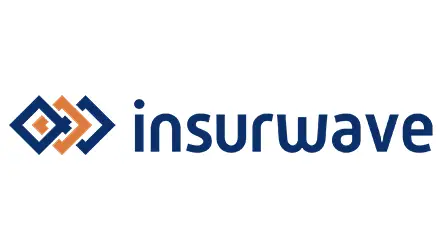AM Best Warns NOAA Data Cutoff Could Disrupt Insurers’ Secondary Peril Response
Credit rating agency AM Best has expressed deep concerns about the National Oceanic and Atmospheric Administration’s (NOAA) recent decision to stop updating its billion-dollar weather disaster database. AM Best believes this development could severely impact insurers’ capabilities to assess, respond to, and price secondary perils—non-traditional weather risks that do not fall under classic catastrophe definitions like named hurricanes or earthquakes.
AM Best Flags NOAA Data Freeze Amid Surging Disaster Events
Launched in 1980, NOAA’s catastrophe database has been a crucial tool for tracking weather-related disasters that result in at least $1 billion in economic damages. Although historical data will remain accessible, NOAA has announced that no new data will be added beyond the year 2024.
This move comes at a time when severe weather disasters are becoming significantly more frequent. In 2023 and 2024, NOAA recorded 28 and 27 billion-dollar events, respectively—well above the 2010–2022 annual average of 15. Interestingly, 2023’s record occurred without a single named hurricane, highlighting the increasing role of non-traditional but high-impact weather events.
AM Best Underscores Data Gaps as a Threat to Insurer Preparedness
In its latest Special Report, titled “US Weather Event Risks Highlight Need for Stress Testing,” AM Best emphasizes that insurers losing access to NOAA’s real-time federal data may struggle to navigate the rising tide of climate-related exposures.
Up-to-date catastrophe data is vital for essential insurance functions, including risk modeling, underwriting, reinsurance structuring, and capital adequacy assessments. Without reliable updates, insurers may find it harder to recognize emerging risk patterns or adjust pricing and strategy accordingly.
So far in 2024, the market has already absorbed heavy losses from major disasters, including Hurricanes Helene and Milton, widespread convective storms, and wildfires in California. In high-exposure regions with strict regulations, these catastrophes have further tightened reinsurance supply and challenged existing underwriting frameworks.
AM Best Identifies Secondary Perils as a Rising Priority
According to AM Best, secondary perils—such as inland flooding, hailstorms, and tornadoes—are quickly becoming the primary drivers of property and casualty losses in the U.S. These events have grown more frequent and intense due to climate change, inflationary trends, and population shifts into vulnerable areas.
The discontinuation of NOAA’s real-time updates could slow insurers’ ability to recalibrate underwriting and pricing strategies in response to this evolving landscape. AM Best cautions that firms must enhance reliance on advanced catastrophe modeling, third-party data providers, and stress testing frameworks to remain agile and well-capitalized.
AM Best Calls for Innovation in the Absence of Federal Data
AM Best’s Senior Director of Industry Research and Analytics, Sridhar Manyem, emphasized the importance of consistent, reliable data in effective risk management:
“A unified and credible source of disaster data enables insurers to detect loss trends, improve pricing, strengthen reinsurance programs, and reduce the gap between economic and insured losses.”
He also warned of potential complications for catastrophe bonds, many of which rely on NOAA metrics to trigger parametric payouts. Without government-sourced data, these instruments may need to be redesigned—introducing added complexity for investors and issuers alike.
Although some international agencies offer similar disaster-tracking systems, AM Best points out that private companies in the U.S. may need to fill NOAA’s role—a shift that could take years to establish credibility in the insurance market.
AM Best Advises Insurers to Strengthen Internal Capabilities
Given the pending data void, AM Best urges insurers to invest in internal infrastructure and analytical capabilities. This includes developing proprietary data sources, adopting third-party intelligence, and implementing climate scenario stress testing.
In an era where secondary perils are rewriting risk models, insurers must become more self-reliant in identifying exposures and optimizing risk transfer mechanisms.
Conclusion
The discontinuation of NOAA’s billion-dollar disaster updates represents a critical turning point for the insurance industry. As AM Best underscores, the need for agile, data-driven adaptation has never been more pressing. Insurers that embrace innovation, deepen their modeling capabilities, and proactively manage secondary peril exposure will be best positioned for resilience in the evolving risk environment.




